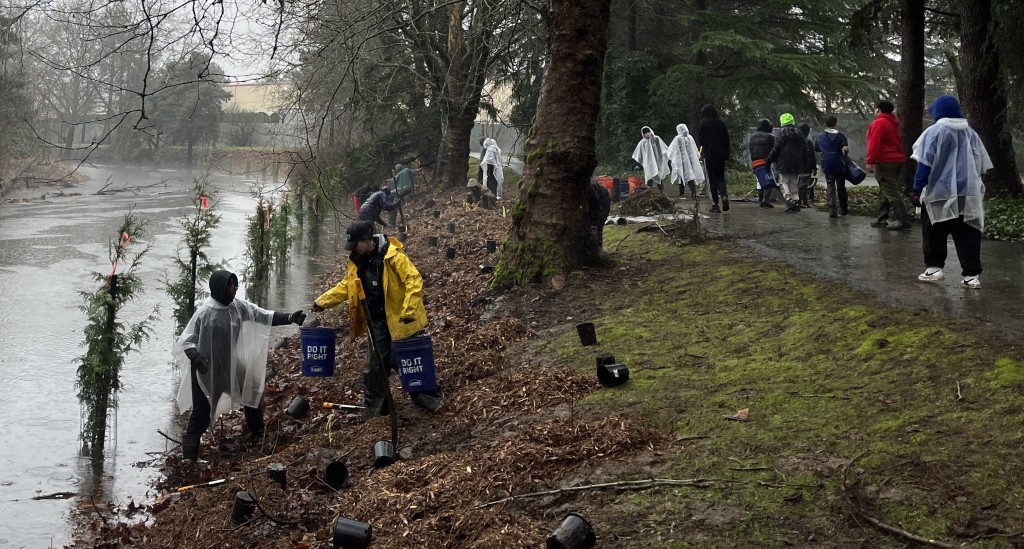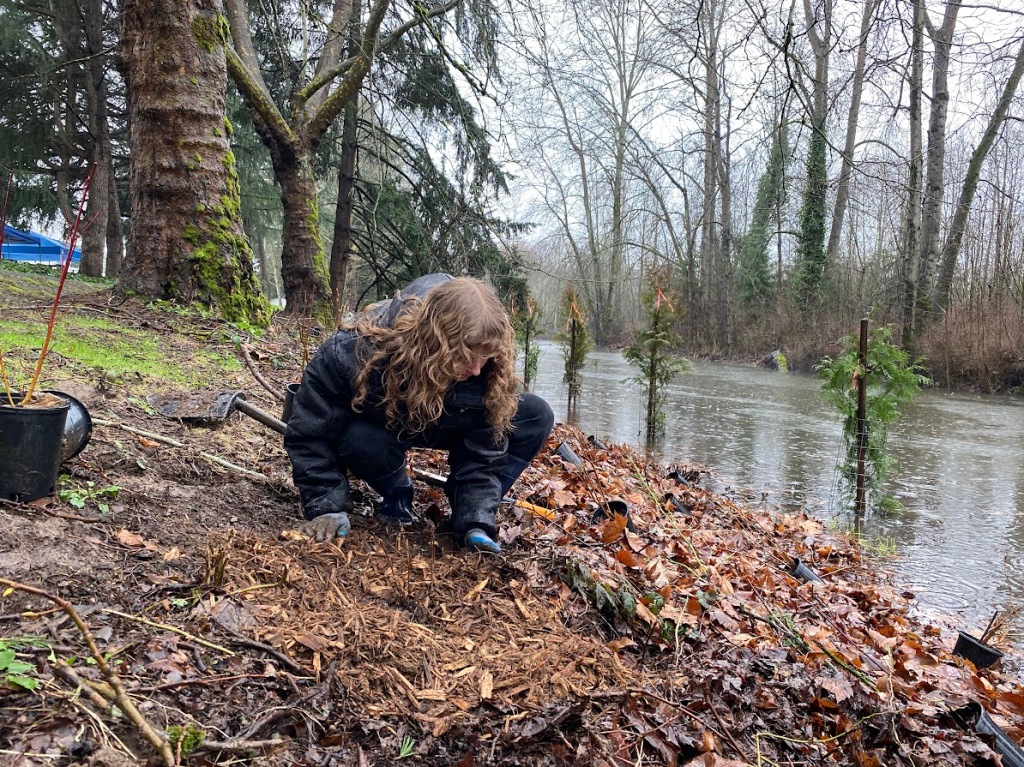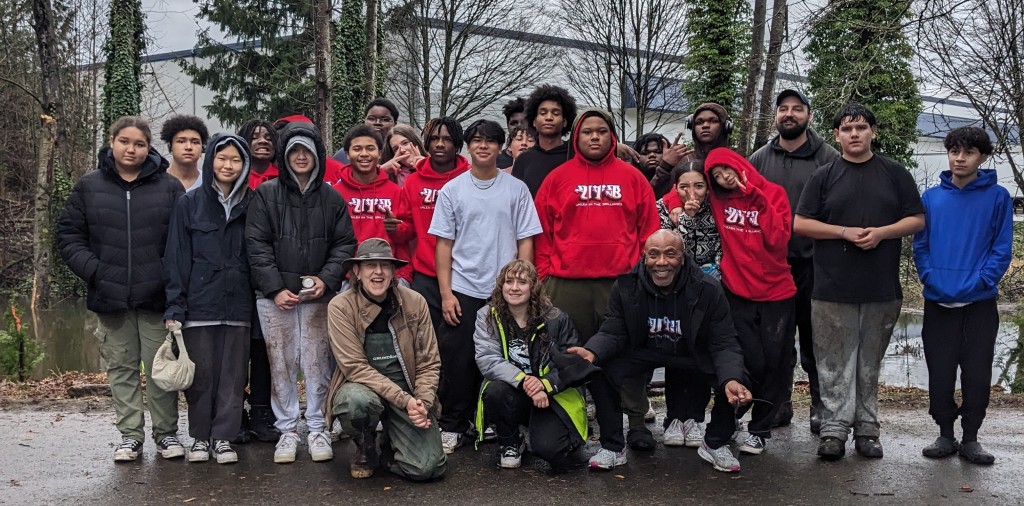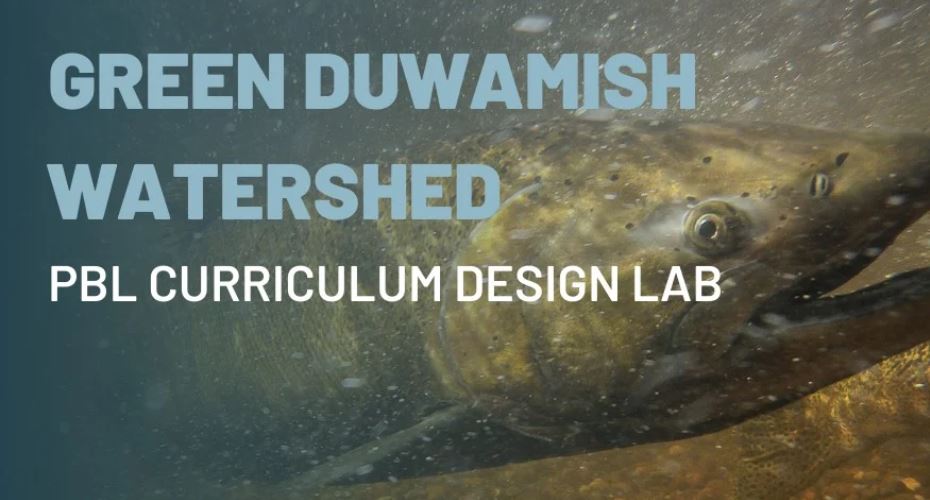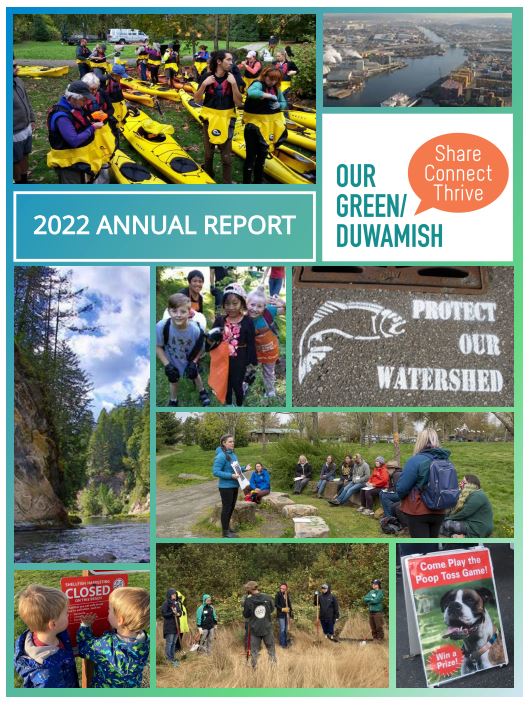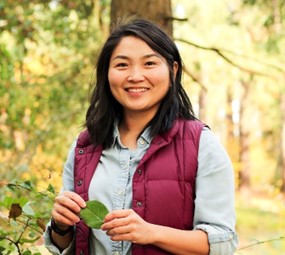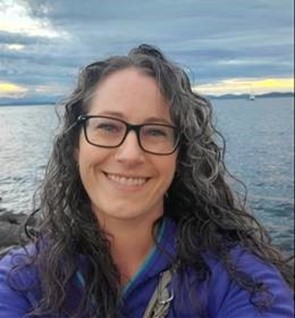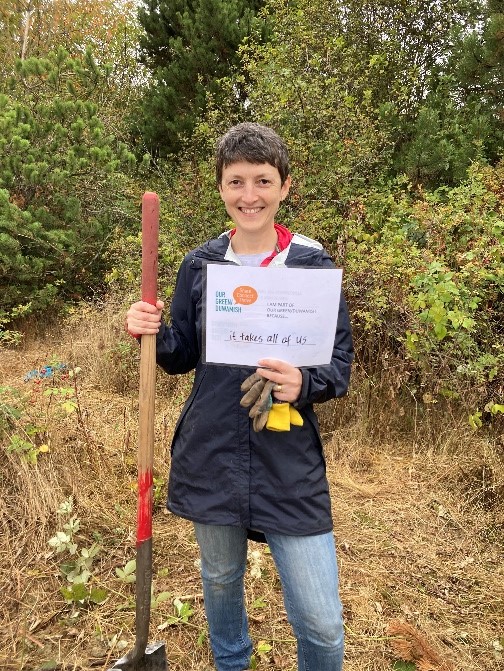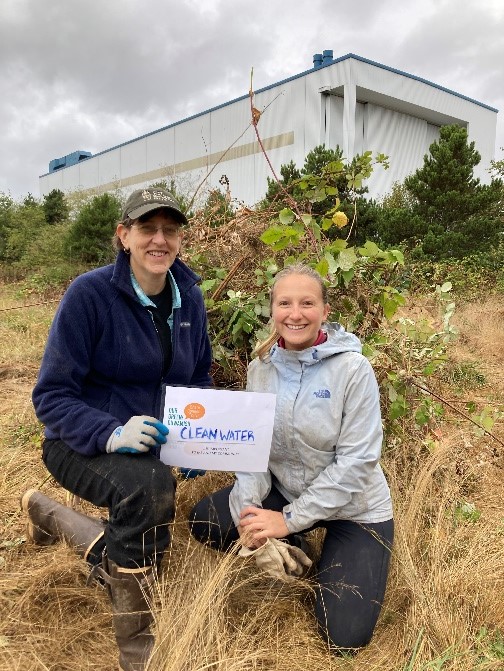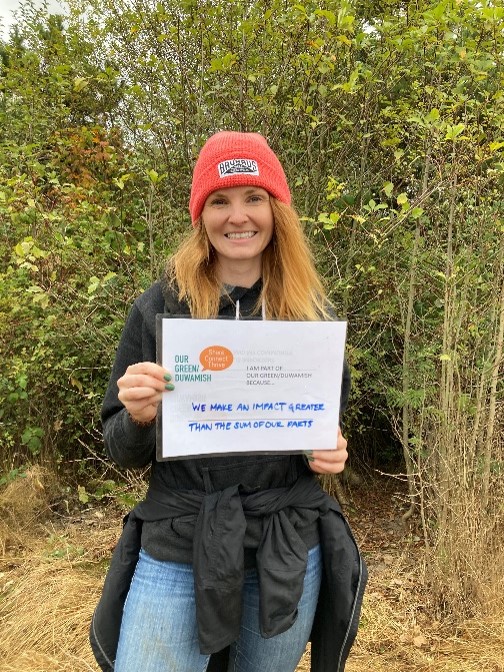Howdy OGD Partners,
At our September meeting we heard from Peter Donaldson and the Sustainability Ambassadors.
They are offering a 4-Part, Green Duwamish Watershed Curriculum Design Lab this fall while the salmon are returning home expecting it to be there when they arrive. Share with your network of teachers, school principals, and curriculum coordinators. The series is open to secondary teachers in all disciplines plus Non-Formal Environmental Educators. STEM clock hours are available!
REGISTRATION: Participants can register for one, some, or all of the offerings on the Sustainability Ambassadors’ EVENTS PAGE. See below and spread the word!
MY GREEN DUWAMISH WATERSHED
WHEN: Saturday, October 21, 9:00-12:00 (Zoom) REGISTER
DESCRIPTION: Practice problem-based learning at the nexus of watershed ecology, salmon stewardship, urban planning, and equity outcomes, empowering youth agency and ownership of their unique “watershed address.” Participants explore a series of lesson frameworks including: (1) mapping my watershed address, 2) analyzing equity demographic maps; (3) analyzing case studies of environmental engineering for improved salmon habitat, (4) designing green stormwater infrastructure improvements, and (5) establishing adopt-a-site pedagogies for engaging students in ecological restoration near their school.
Expert Webinar #1
Engineering Fish Passage at the Howard Hanson Dam
WHEN: Wednesday, November 1, 4:00-5:30 (Zoom) REGISTER
DESCRIPTION: Apply systems thinking to understand the issues around fish passage at the Howard Hanson Dam including engineering design, salmon ecology, flood control, water supply, and treaty rights. Special guest: Nik Novotny, Fish Biologist from Tacoma Water.
Expert Webinar #2
Restoring Habitat Above the Dam
WHEN: Wednesday, November 8, 4:00-5:30 (Zoom) REGISTER
DESCRIPTION: Apply systems thinking to understand the issues around improving the complex, multi-partner ecosystem above the Howard Hanson Dam for fish and wildlife species including salmon, elk, and deer. Special guest: Natalie Schmidt, Restoration Biologist from Tacoma Water.
Expert Webinar #3
Climate Change and Water Supply Forecasting
WHEN: Wednesday, November 15, 4:00-5:30 (Zoom) REGISTER
DESCRIPTION: Apply systems thinking to understand how local climate models are used on a daily basis to forecast how much water we need to manage for drinking, salmon, treaty rights, recreation, and flood control. Special guest: Climatologist from WA Snow Survey.
Thank You Partners! King County Wastewater Treatment Division, WaterWorks Grant Program, King County Flood Control District, Mid-Sound Fisheries Enhancement Group, Tacoma Public Utilities
Email Peter Donaldson with questions, insights, or new connections: peter@sustainabilityambassadors.org
